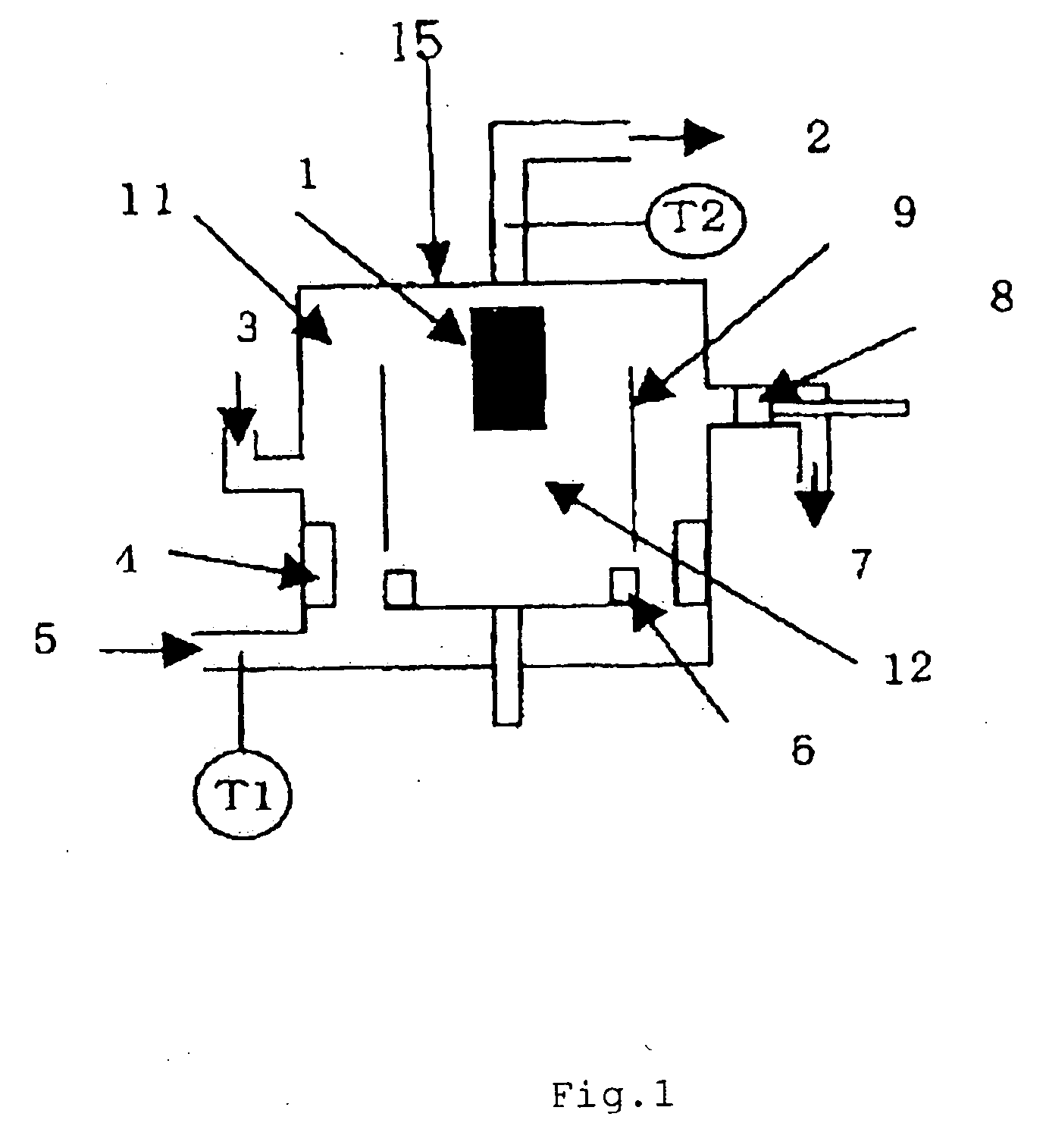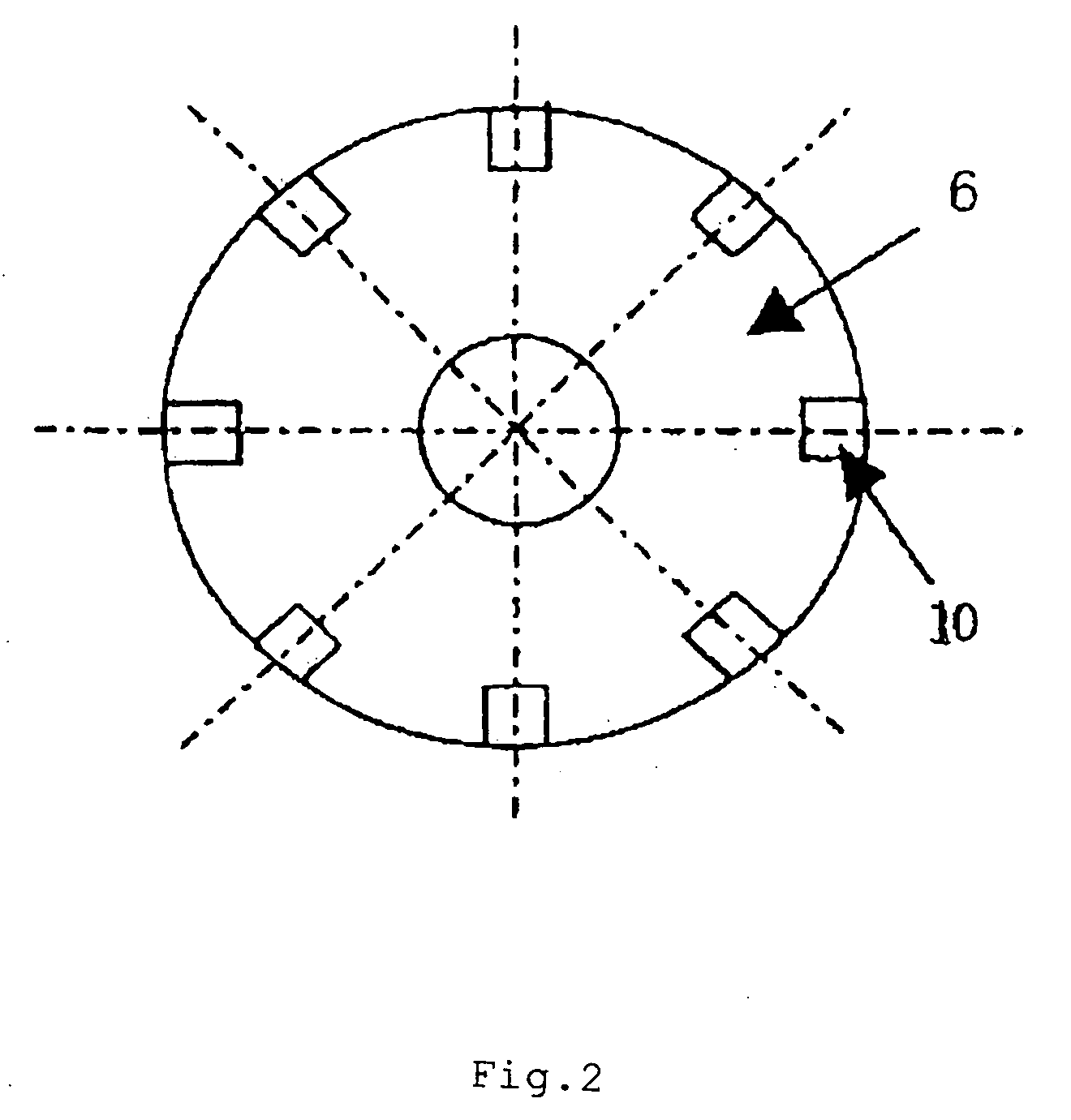Magnetic toner
a toner and magnetic technology, applied in the field of toner, can solve the problems of difficult to form an appropriate napping state, fluidity is apt to reduce, and the amount of a binder component in the toner is relatively reduced to inhibit low-temperature fixability, and achieves excellent low-temperature fixability, stable image density, and low deterioration of image upon fixation
- Summary
- Abstract
- Description
- Claims
- Application Information
AI Technical Summary
Benefits of technology
Problems solved by technology
Method used
Image
Examples
example 1
[0216]
Binder resin 1100 parts by mass Magnetic body 150 parts by mass T-77 (azo-based iron compound, manufactured by2 parts by massHodogaya Chemical Co., Ltd.)Polyethylene wax (manufactured by Sasol, C105,3 parts by massmelting point 105° C.)
[0217] The above raw materials were mixed by means of a Henschel mixer for 3 minutes. After that, the mixture was melted and kneaded by means of a biaxial extruder PCM-30 heated to 160° C., and was then cooled with a cooling belt (containing cooling water at 15° C.). After that, the mixture was coarsely pulverized by means of a hammer mill. The resultant coarsely pulverized pieces were finely pulverized by means of a Turbo mill (manufactured by Turbo Kogyo Co., Ltd.). The resultant finely pulverized pieces were classified by means of an air classifier to produce magnetic toner base particles.
[0218] 100 parts by mass of the magnetic toner base particles were externally added with 1.2 parts by mass of hydrophobic dry silica (BET 180 m2 / g) by mean...
examples 2 to 7
[0246] Magnetic toners 2 to 7 shown in Table 6 were each produced in the same manner as in Example 1 except that kinds of a binder resin and a magnetic body, the amounts of the binder resin and the magnetic body to be added, and a toner particle size in Example 1 were changed as shown in Table 6.
[0247] Each of the resultant magnetic toners 2 to 7 was evaluated in the same manner as in Example 1. The results shown in Table 7 were obtained.
example 8
[0248] A magnetic toner 8 was produced in the same manner as in Example 7 except that the time period during which raw materials were mixed upon toner production in Example 7 was changed from 3 minutes to 1 minute. The time period during which raw materials were mixed was shortened to produce toner under conditions under which the dispersibility of materials became stringent.
[0249] The resultant magnetic toner 8 was evaluated in the same manner as in Example 1. The results shown in Table 7 were obtained.
PUM
| Property | Measurement | Unit |
|---|---|---|
| saturated magnetization | aaaaa | aaaaa |
| glass transition temperature | aaaaa | aaaaa |
| number average particle size | aaaaa | aaaaa |
Abstract
Description
Claims
Application Information
 Login to View More
Login to View More - R&D
- Intellectual Property
- Life Sciences
- Materials
- Tech Scout
- Unparalleled Data Quality
- Higher Quality Content
- 60% Fewer Hallucinations
Browse by: Latest US Patents, China's latest patents, Technical Efficacy Thesaurus, Application Domain, Technology Topic, Popular Technical Reports.
© 2025 PatSnap. All rights reserved.Legal|Privacy policy|Modern Slavery Act Transparency Statement|Sitemap|About US| Contact US: help@patsnap.com



